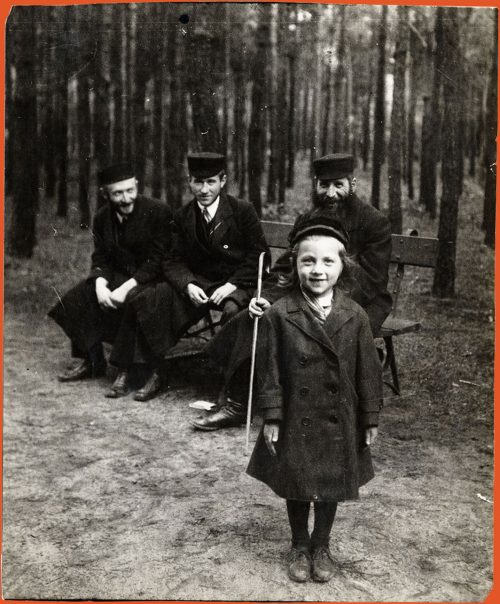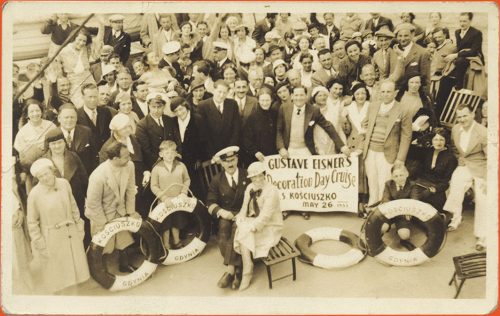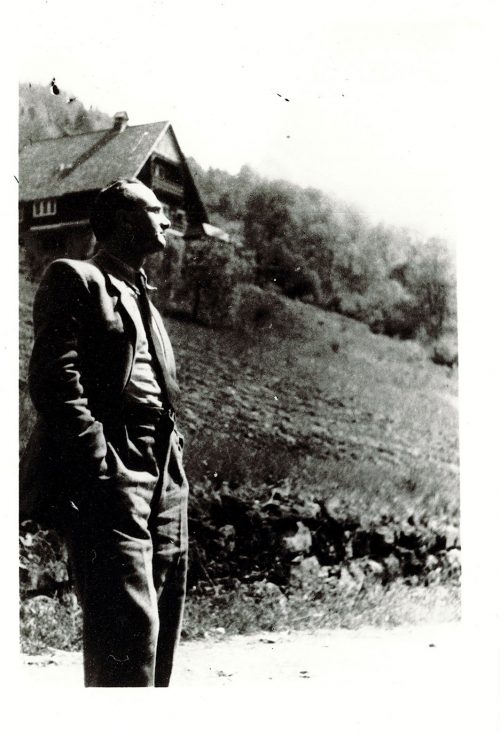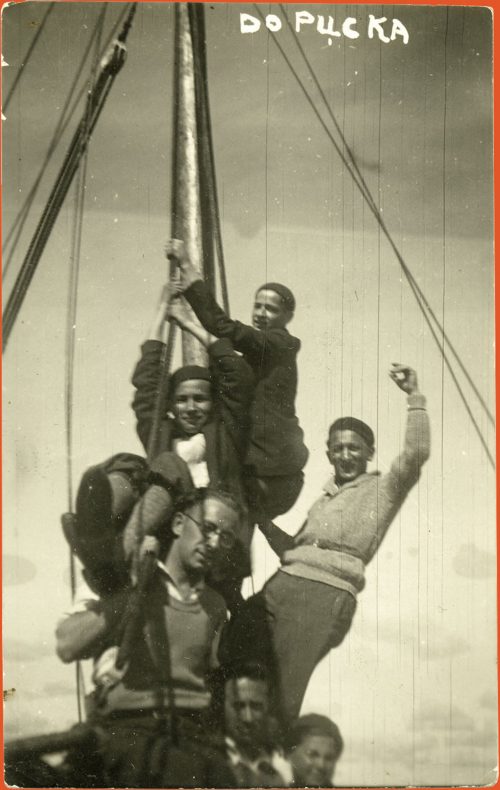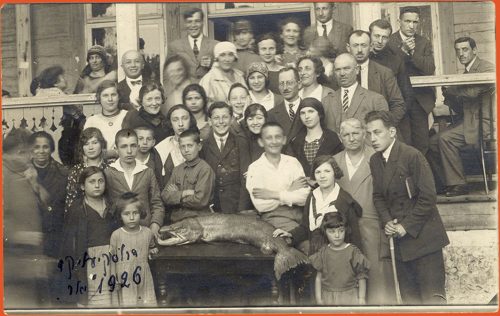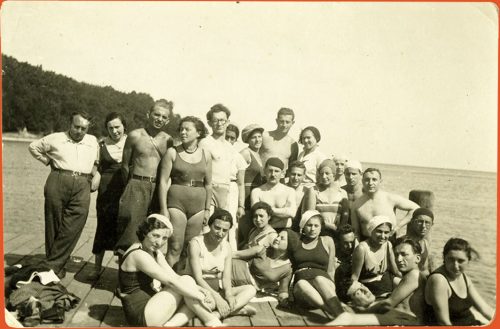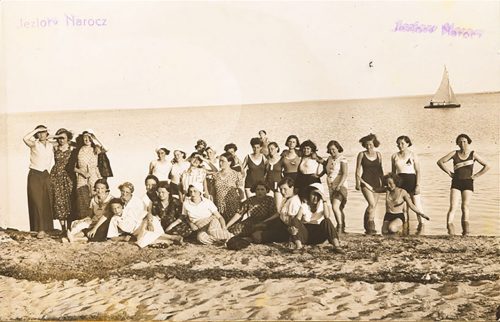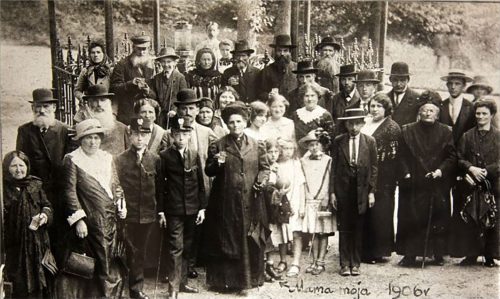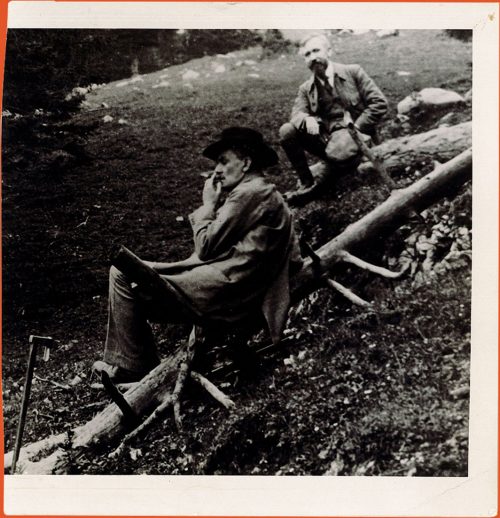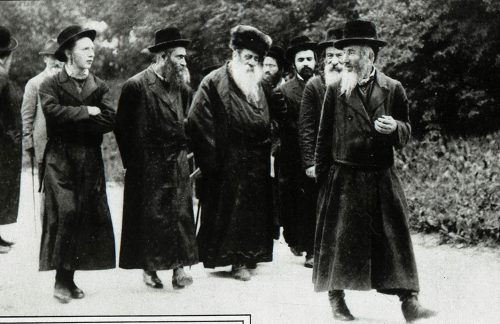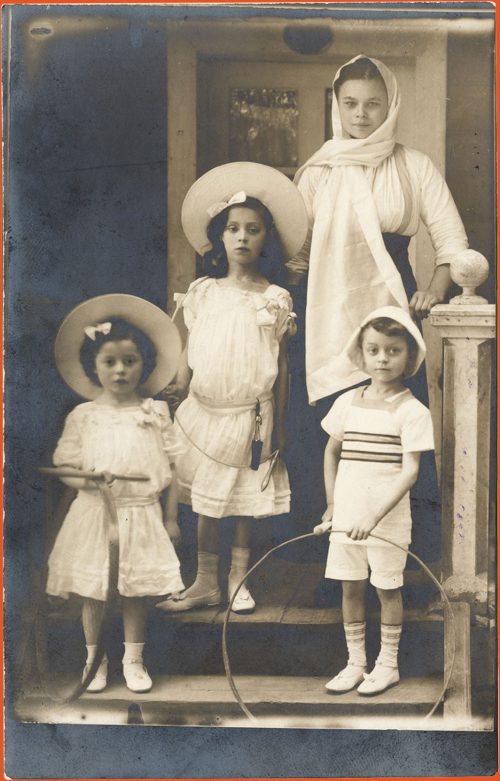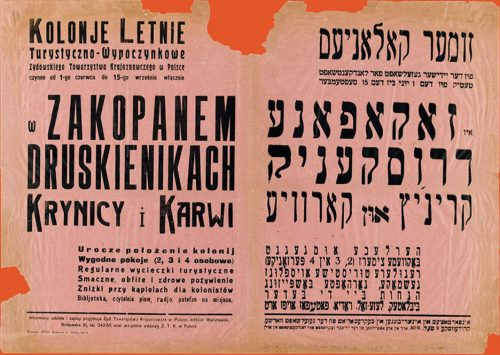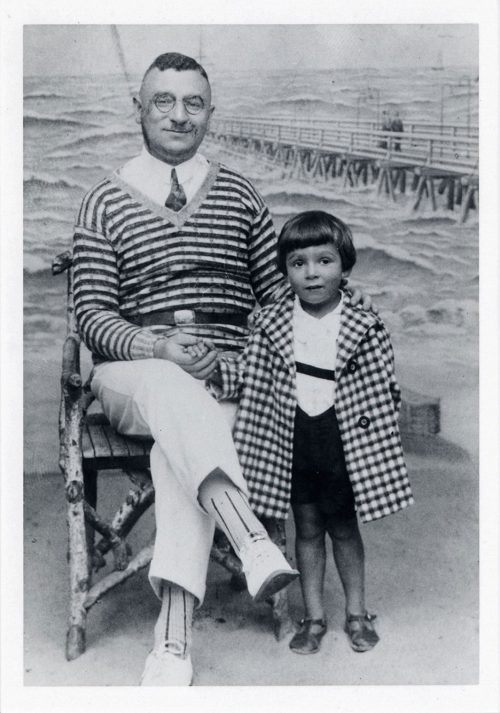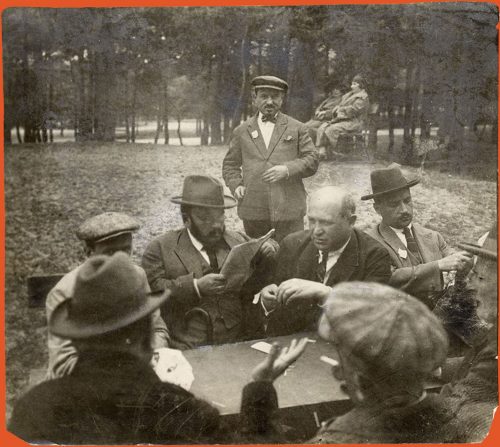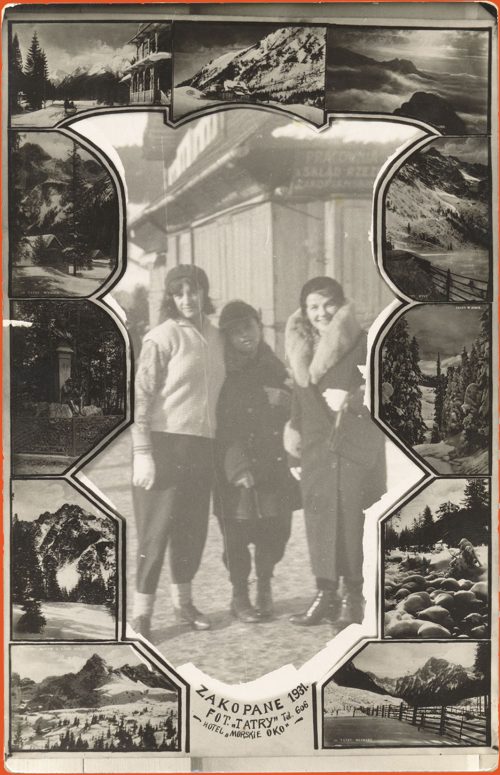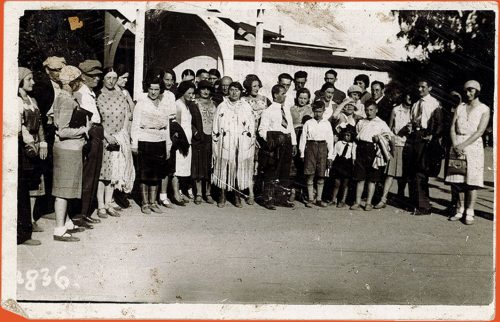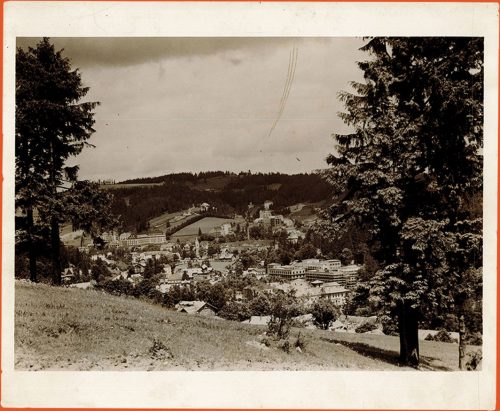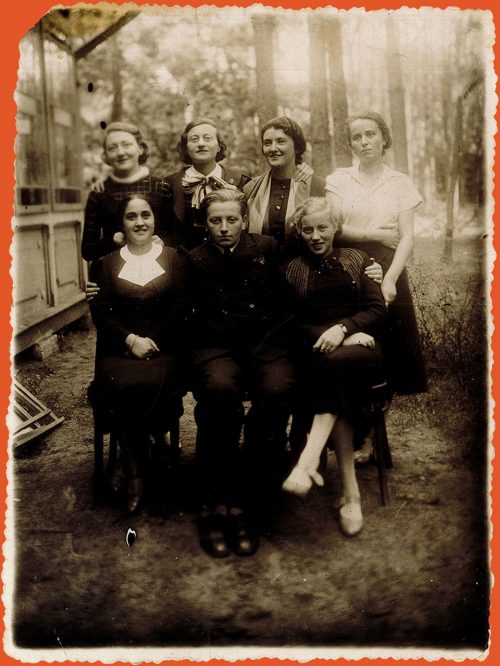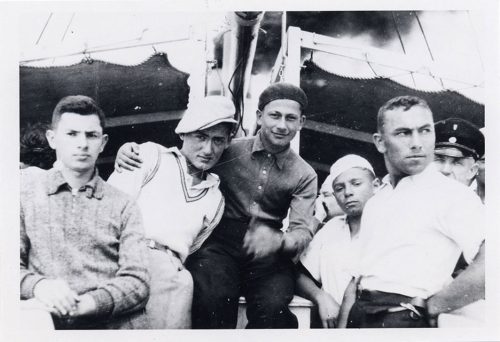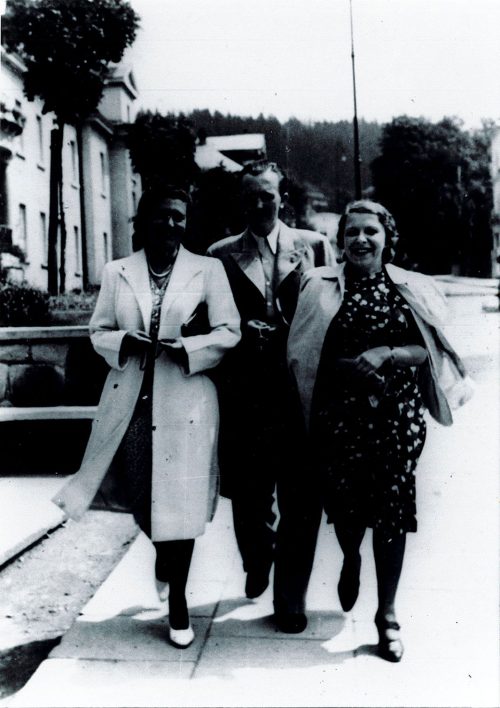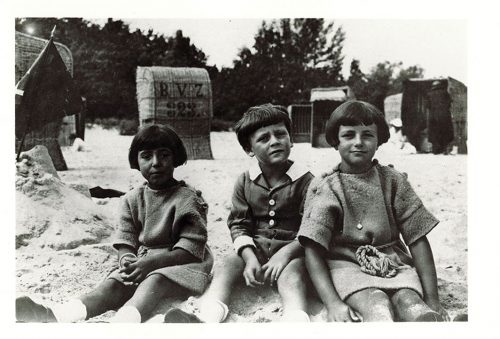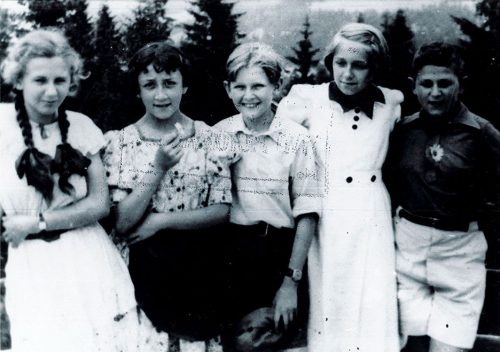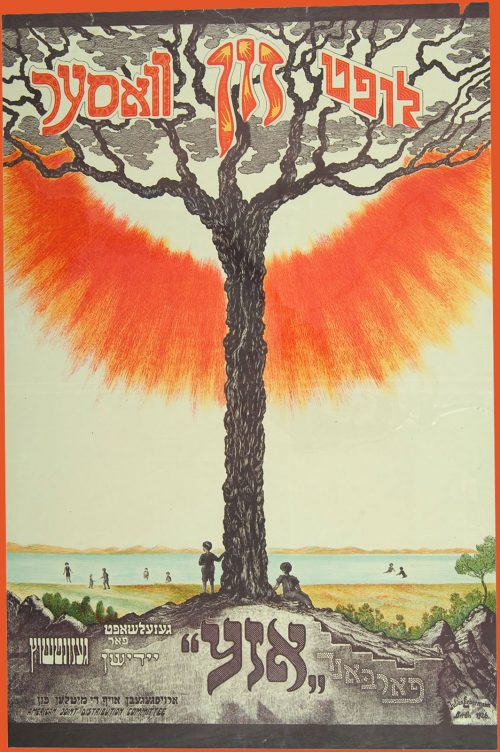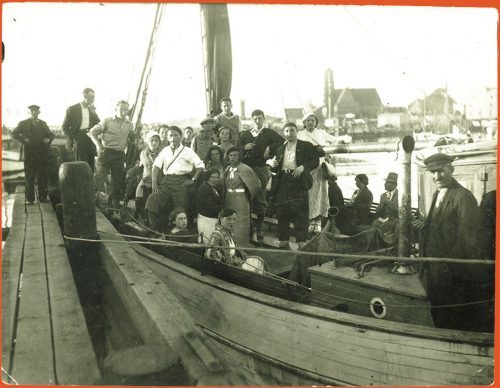Summer is the most wonderful time of the year!
If you are ready for a vacation, you are in luck. There are many attractive resorts to choose from throughout Poland. Explore destinations meant for both Jewish and non-Jewish families by clicking on the black dots below on the map. Take your time to discover them. As a surprise, Beba will be in one of these cities waiting for you to play with her…
Dachau concentration camp opened
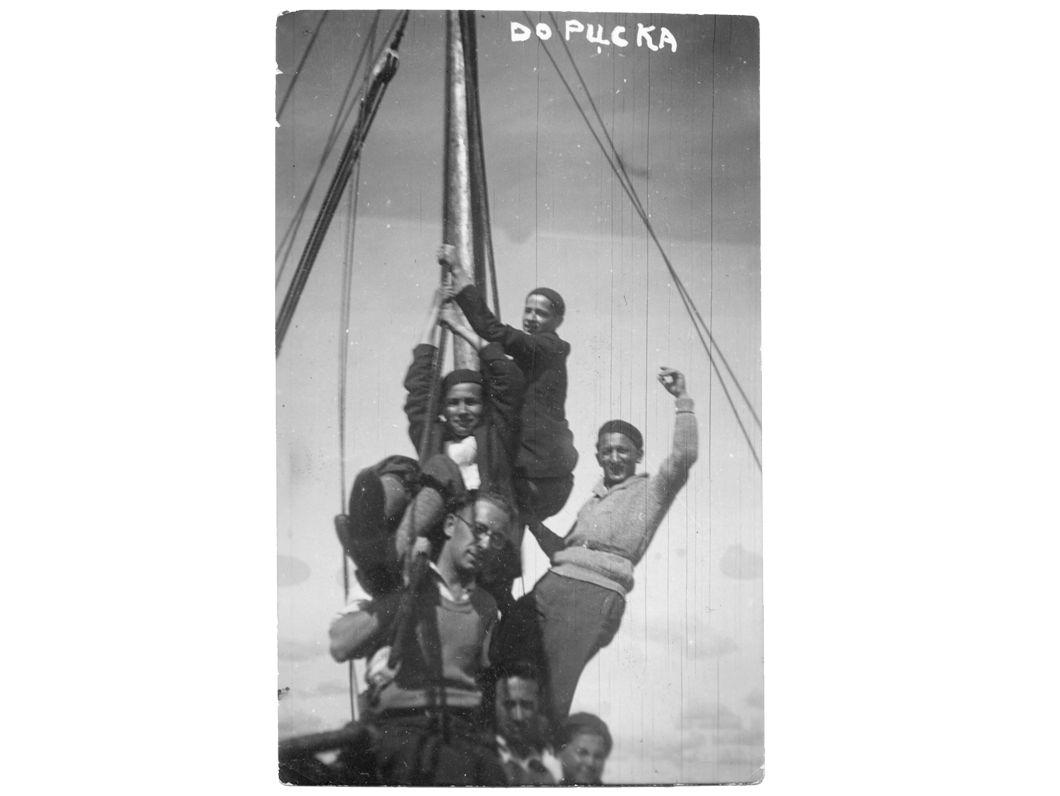
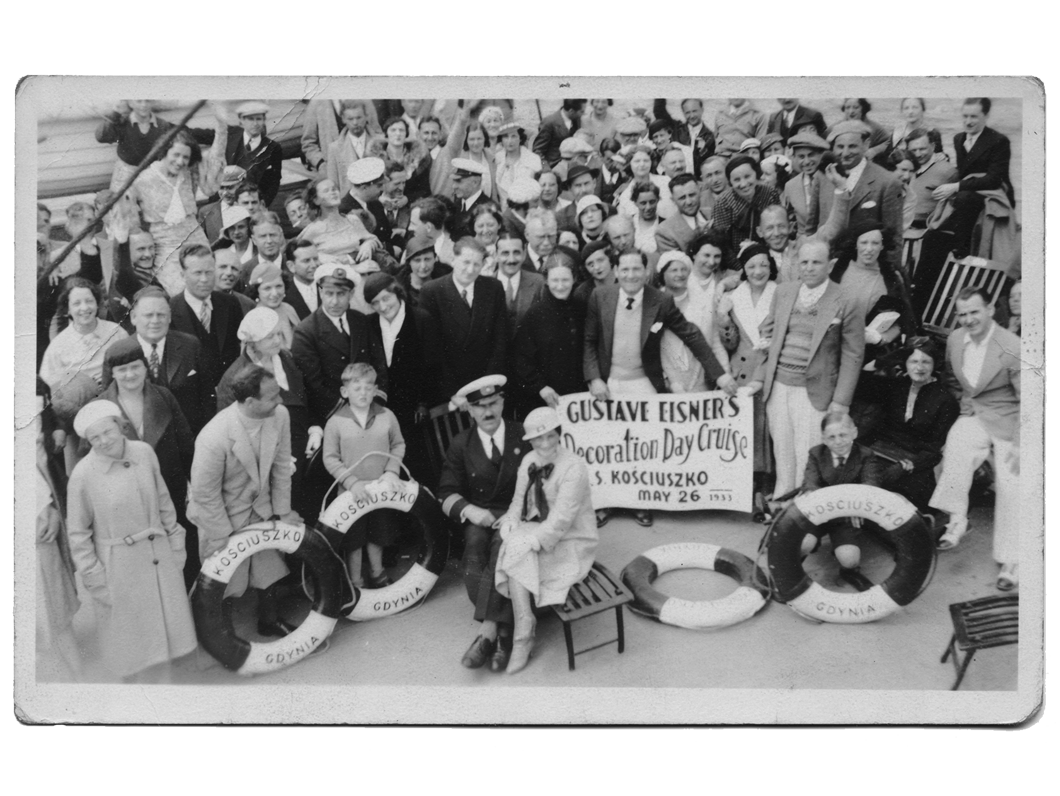
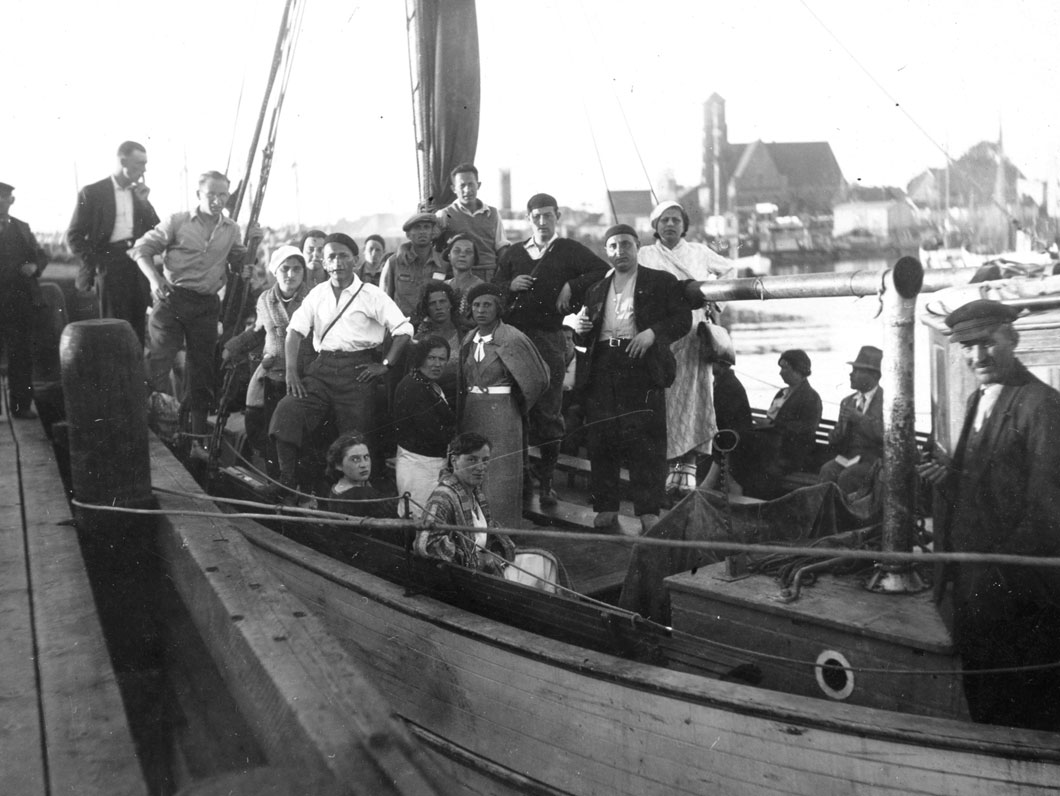
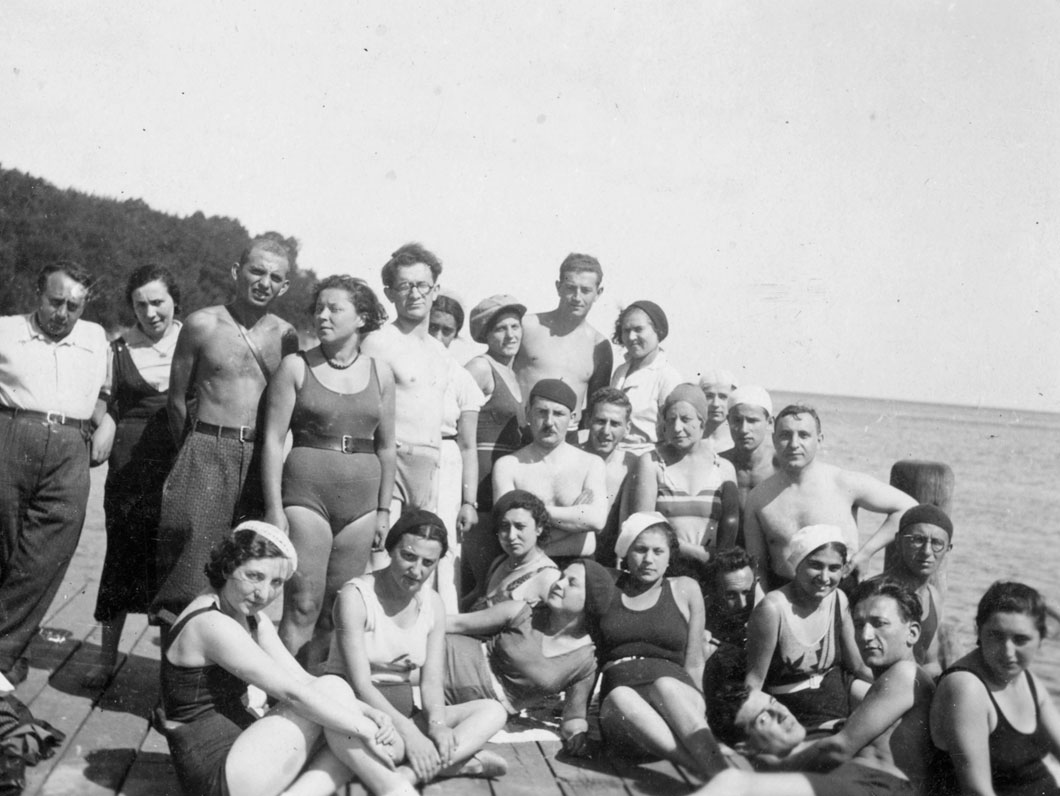
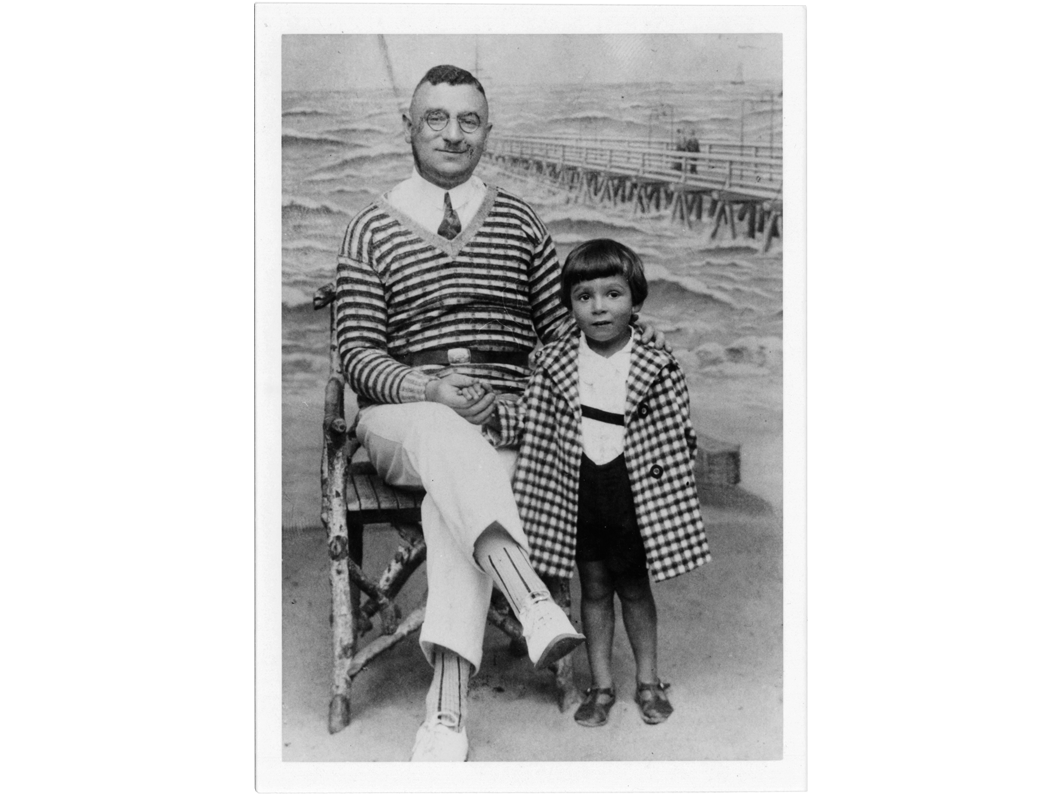

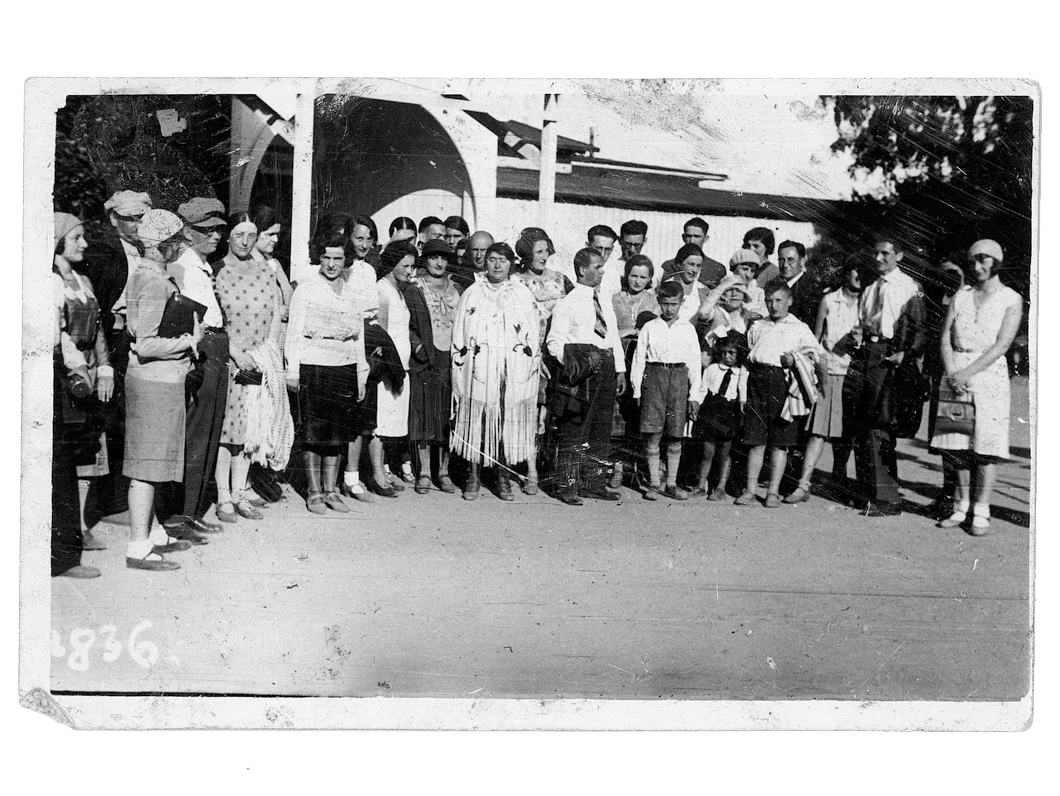
The Tricity area of Poland is located along the coast of the Baltic Sea. It is made up of the resort and fishing towns of Sopot, Gdynia, and Dantsik (Yiddish; Gdańsk in Polish).
During the 1800s, Sopot transformed into a seaside resort town and became a popular vacation spot for both Poles and Jews. Later, several bath houses were built with baths or pools for communal use. Gdynia’s seaport and commercial areas started to be developed in the 1920s. In fact, the entire Tricity area became a popular destination for those sailing up the Vistula River from Warsaw.
Jews were permitted to settle permanently in Dantsik at the end of the 1700s. But for about 100 years they were pushed to the outskirts of society. By the beginning of the 1900s, however, the Jewish community in Dantsik began to thrive. That community developed cultural organizations such as sports clubs, political parties, and a Yiddish press. After World War I, Dantsik became a Free City, known by its German name, Danzig. Most of the city’s population was German. So when Adolf Hitler rose to power in Germany in 1933 the Jewish population came under increased threat of discrimination and physical attack.
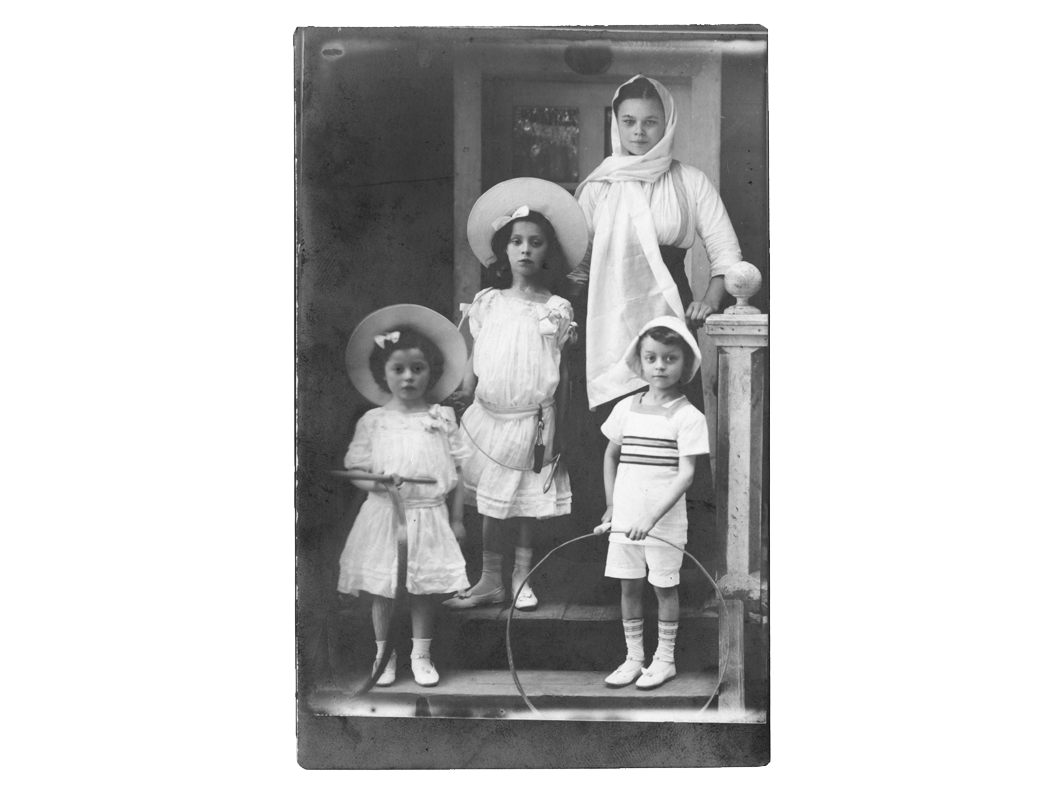
Drosknik (Yiddish; Druskienniki in Polish) is a town south of Vilna near the Neman river. By the late 1800s, the Jewish community of Drosknik had founded a Jewish sanatorium to take advantage of the health benefits and restorative properties of the pure local water. Up until World War I, the Jewish community continued to develop the town as a vacation destination. It offered hotels and summer rentals to a growing Jewish population.
After the war, the town rebuilt itself and revived the spa and vacation industry. It again became a popular vacation spot for people from Vilna. As in other resort towns, not all the rental places were owned by or set up specifically for Jews. There were also spas and hotels owned by non-Jewish Poles that served a mostly non-Jewish clientele. Most of the Jewish families who visited the fashionable resorts were from middle-class backgrounds, and spoke Polish as well as Yiddish.

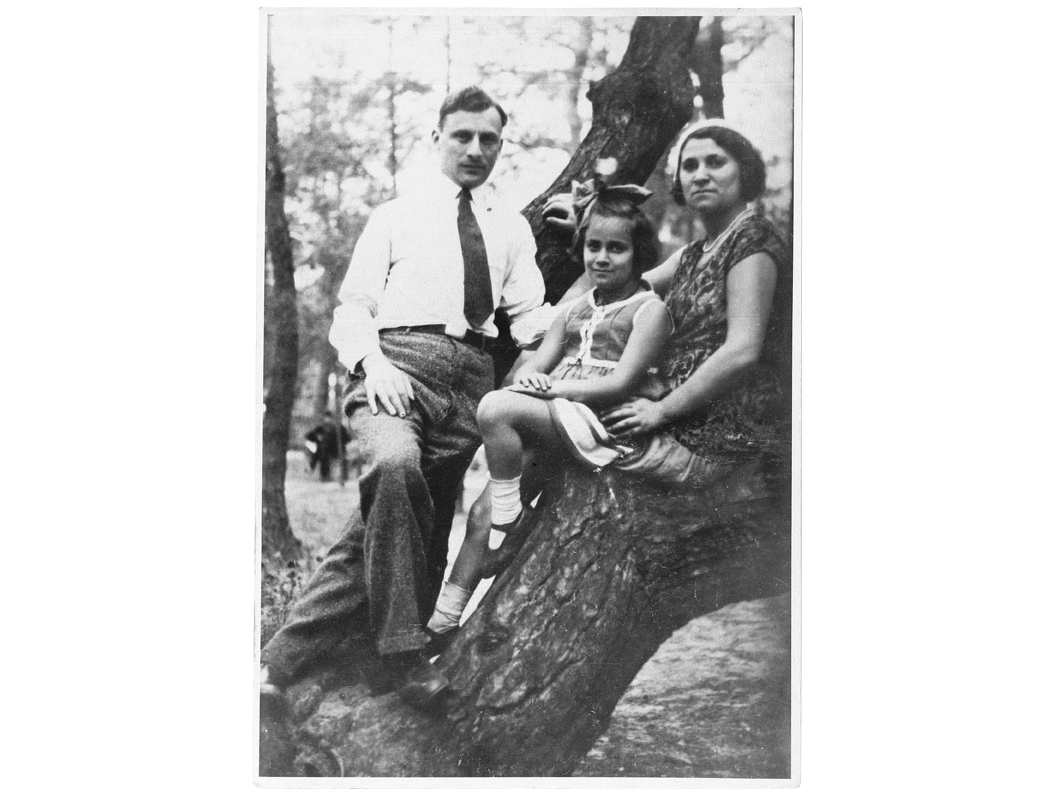
Otvosk (Yiddish; Otwock in Polish) is located south of Warsaw (Poland's capital), on the banks of the Vistula River. Its dry air was thought to be beneficial for those who suffered from lung diseases, such as tuberculosis. The town developed as a summer and health resort after the railway line opened between Warsaw and Chelm in the late 1800s. This attracted many Jewish visitors as well as permanent residents. After World War I, the Jewish community thrived in Otvosk. Jewish investors built large homes and trade increased. As the Jewish population in Otvosk grew, so did the Jewish tourist population. By 1929, over 75% of the tourists who flocked to Otvosk during the summer months were Jewish.


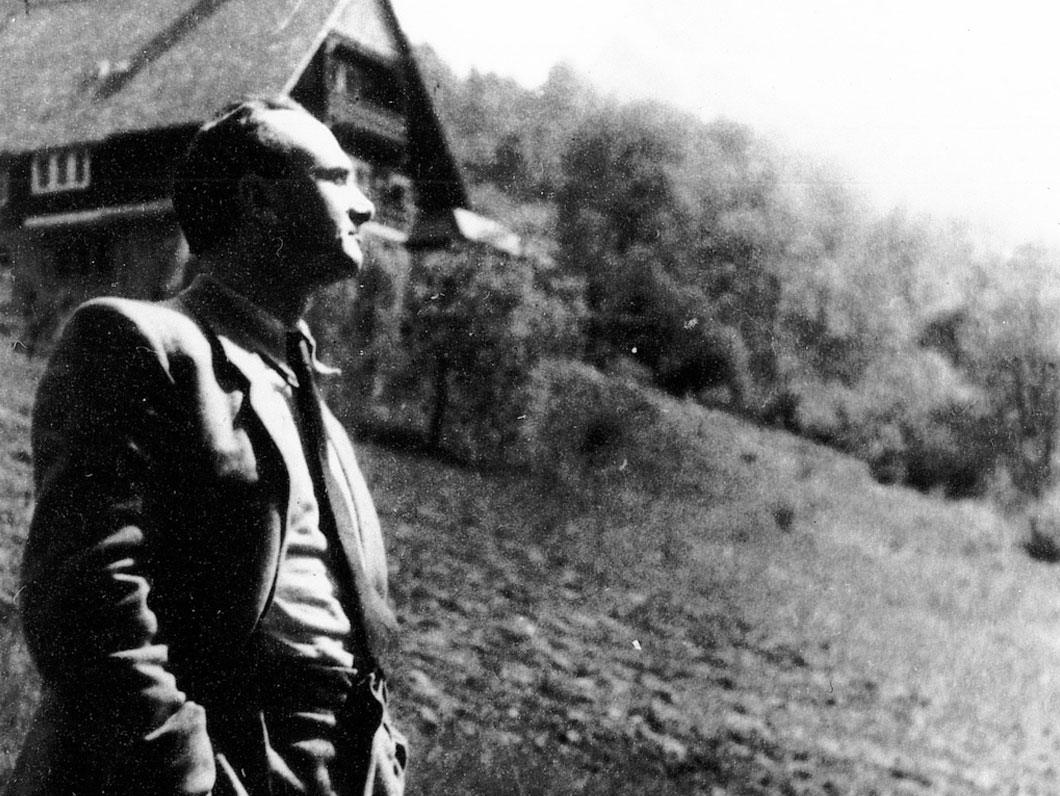
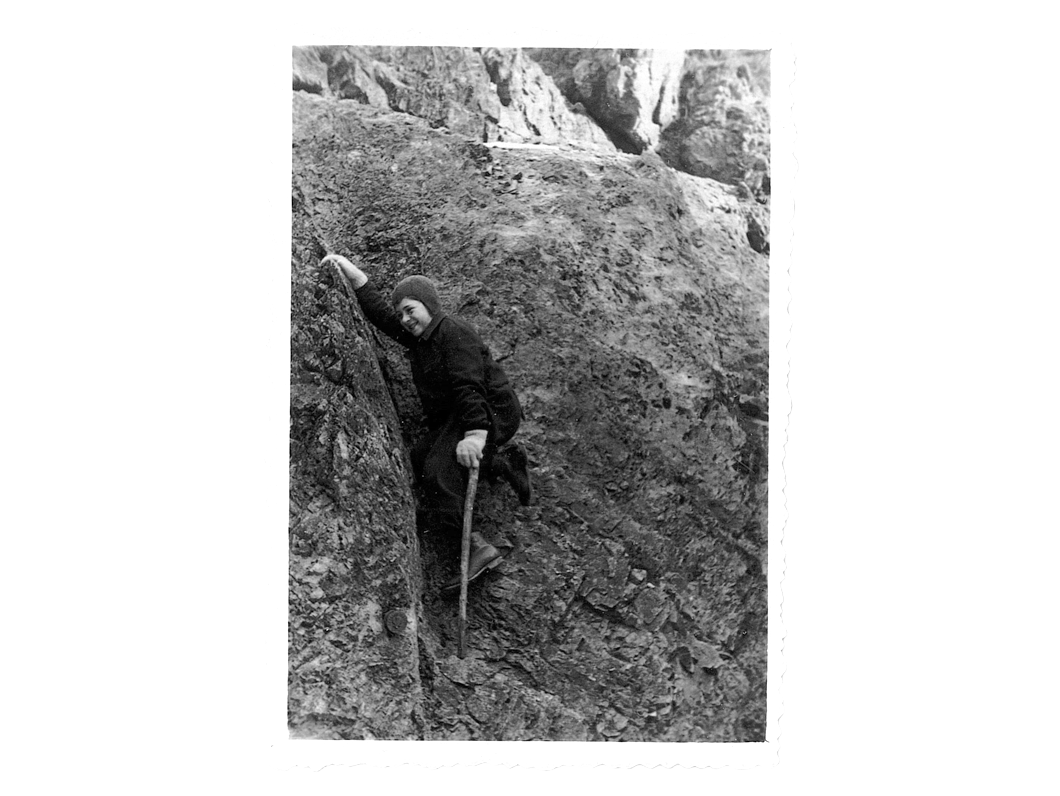
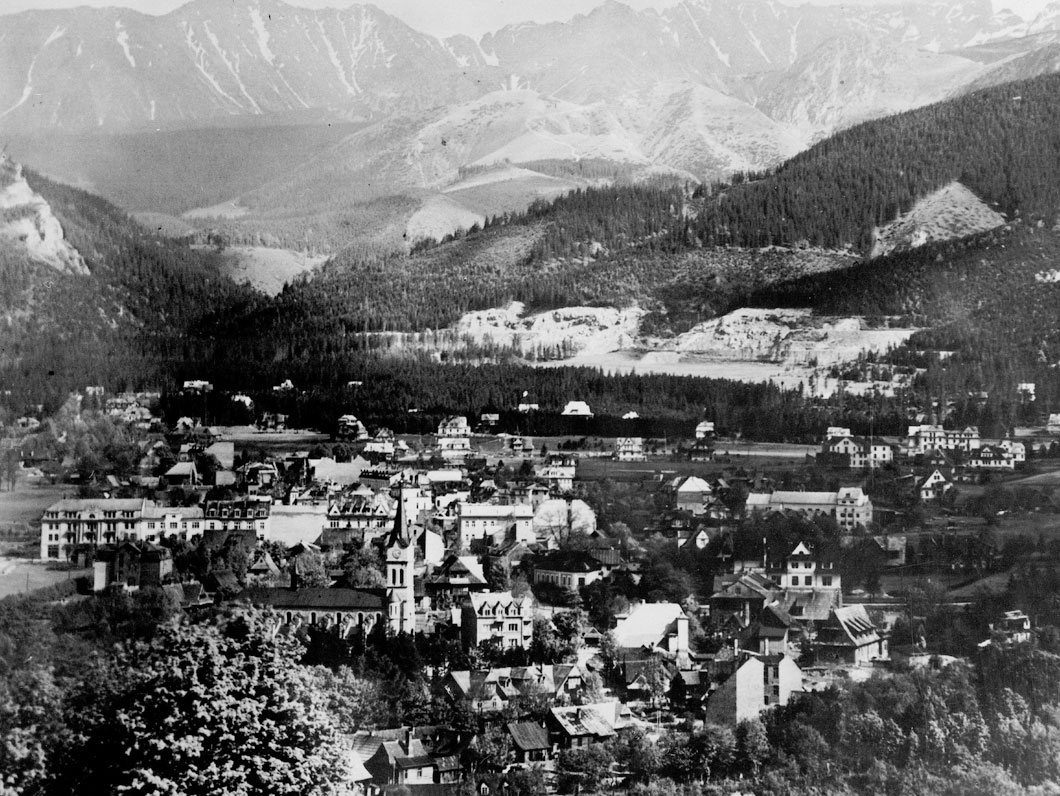
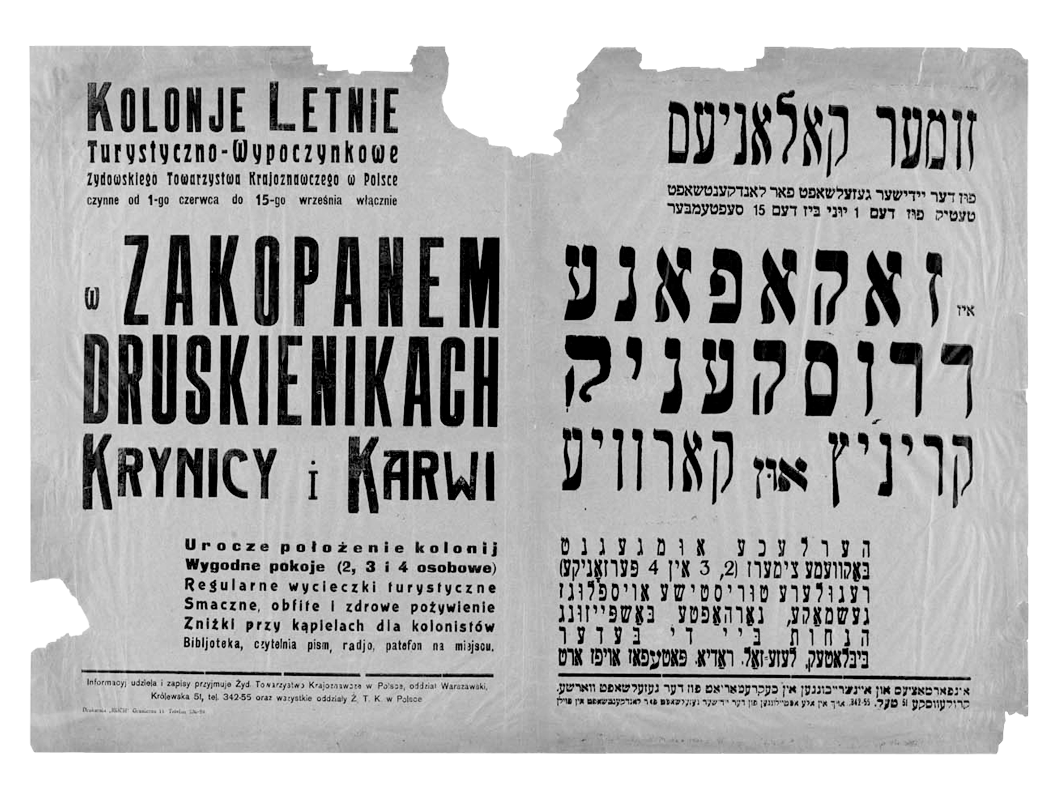
Zakopona (Yiddish; Zakopane in Polish) is a resort town located in the Tatra mountains in Southern Poland. It offers fresh mountain air. So in the late 1800s and early 1900s it had many health resorts where people with diseases such as tuberculosis were treated.
Zakopona’s resorts flourished. By the 1930s, it became a major mountain resort area for both Jewish and non-Jewish communities. It was a destination for skiing in the winter and hiking in the summer. It was a vacation hotspot for artists, poets, the Polish intelligentsia and regular tourists. Visitors enjoyed the nature, sports, and leisure activities of Zakopona and the surrounding Tatra mountains.
Zakopona boasted a prosperous Jewish population. It had two synagogues, and other community organizations by the 1930s, including a Maccabi sports club. The Maccabi was a Zionist gymnastics and sports movement. It was established at the end of the 1800s, when growing antisemitism generally kept Jewish youngsters from joining non-Jewish sports associations. Zionists promoted the revitalization of the Jewish people through physical fitness. They encouraged settlement in what is now known as Israel, the ancestral homeland of the Jewish people. Zakopona hosted the first Maccabiah Winter Sports Olympics in 1933.
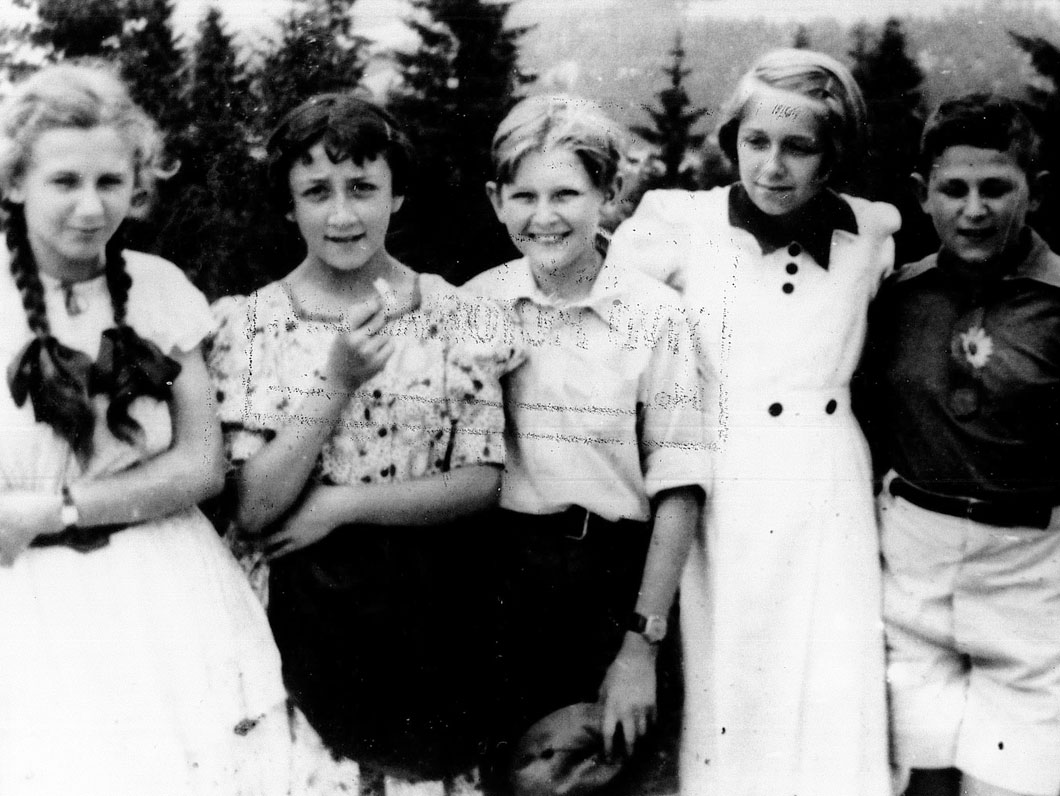
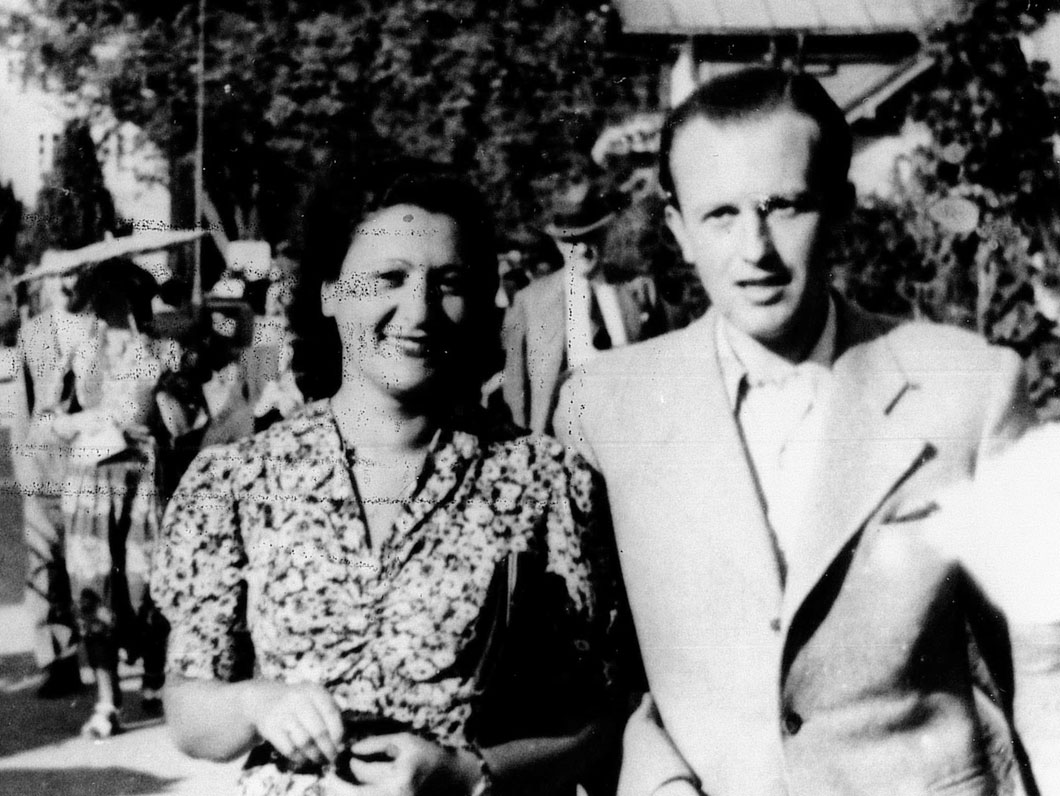
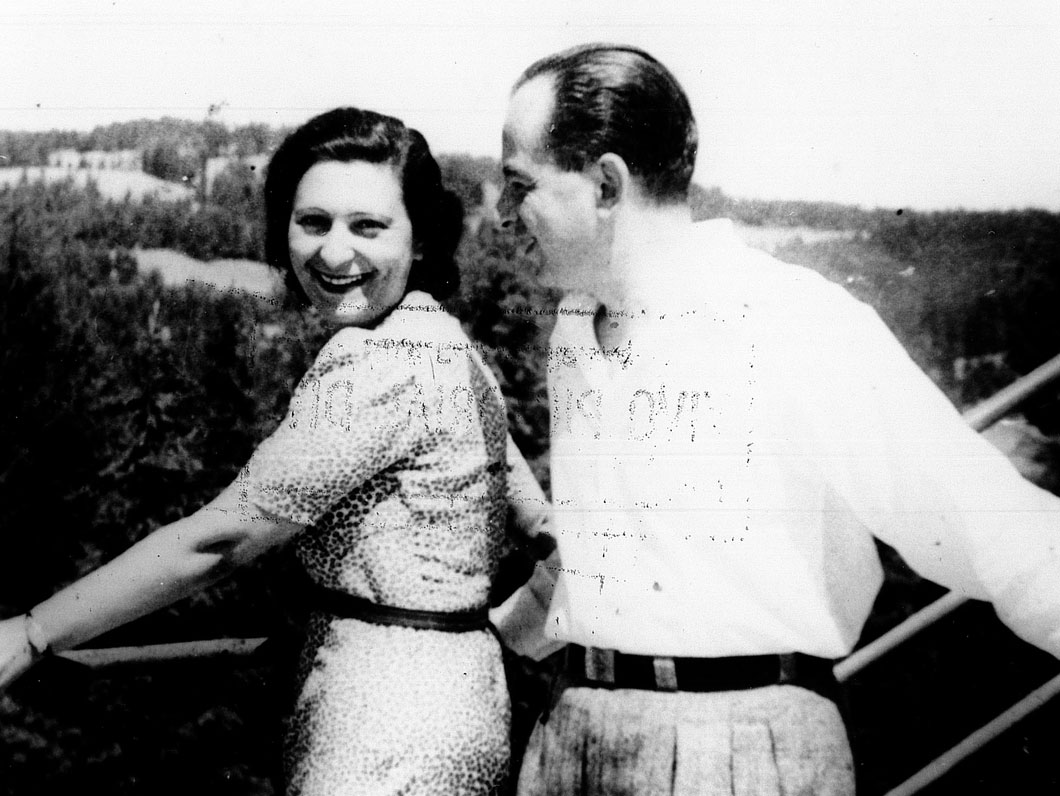
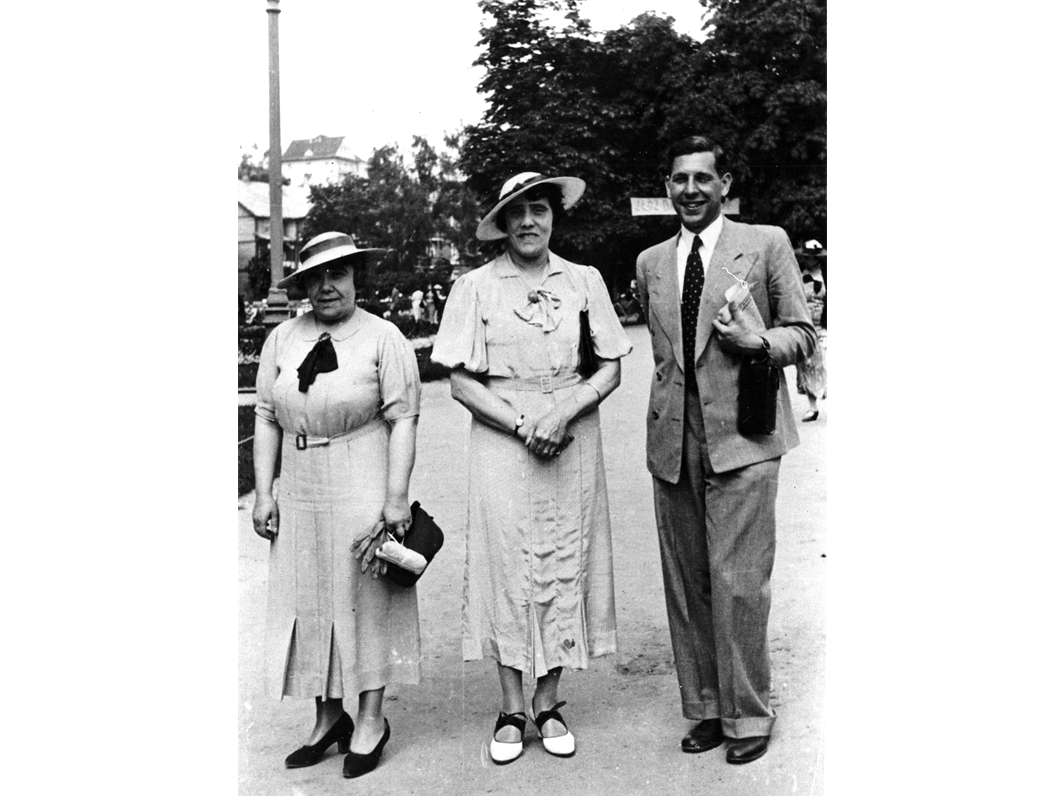
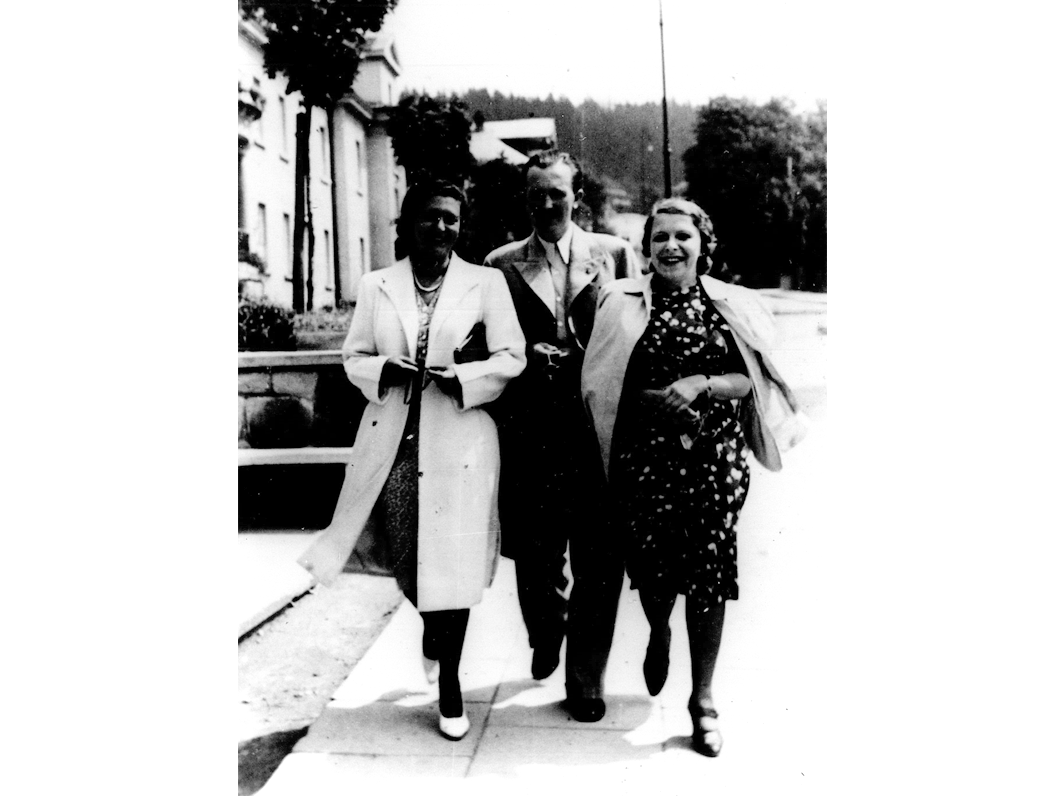
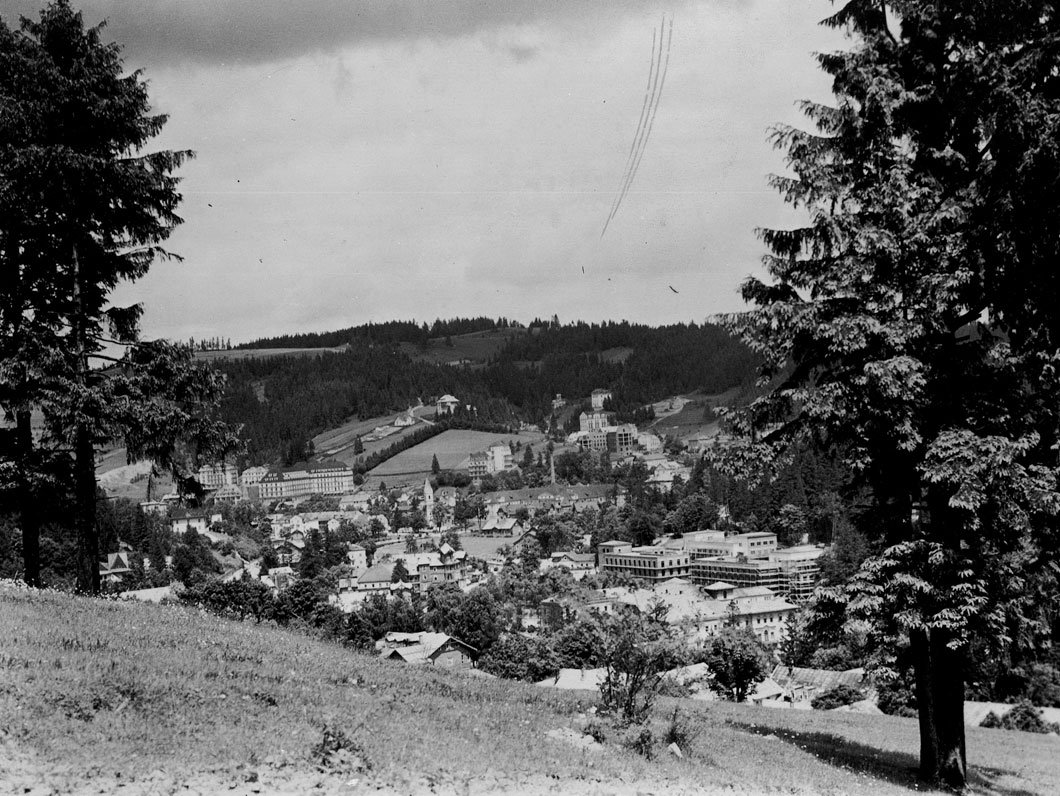
Krenitz (Yiddish; Krynica in Polish) is a town located in southern Poland. It developed into a resort town during the late 1700s due to its local hot springs, which were thought to have healing properties. By the early 1900s, the popularity of the hot springs encouraged the development of other resorts. A railway line was also built that provided easier access for tourists. Starting in the 1920s Jews began moving to Krenitz in larger numbers. They were attracted to the hot springs and the intellectual elite who vacationed there. The Jewish community grew during the 1920s, based largely on the tourist industry. New shops were opened, vacation rentals grew, and Jews began to participate more extensively in local government. Interactions between Jewish and non-Jewish Poles were relatively friendly during the 1930s.

